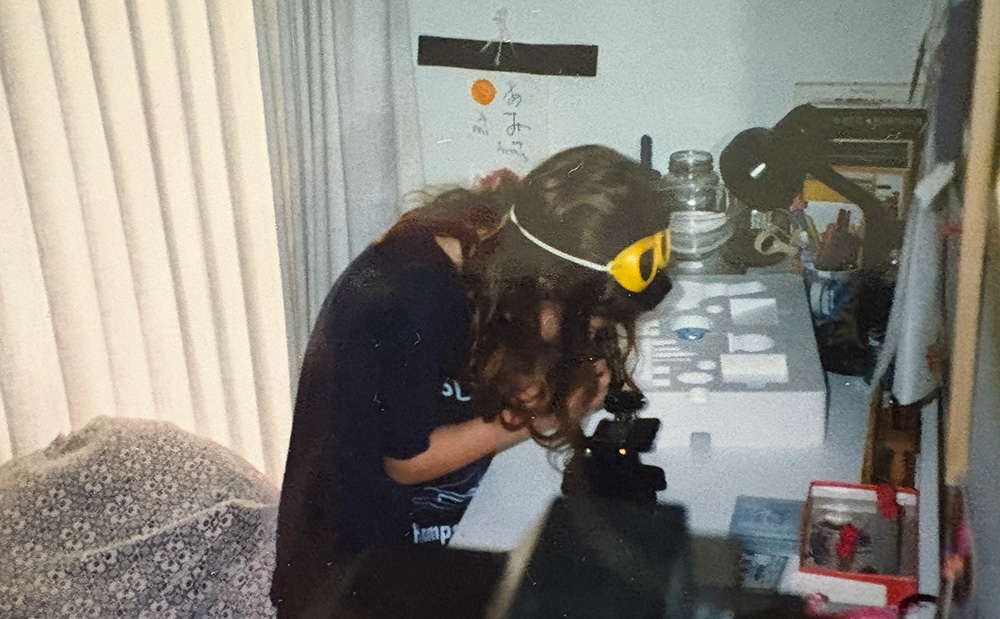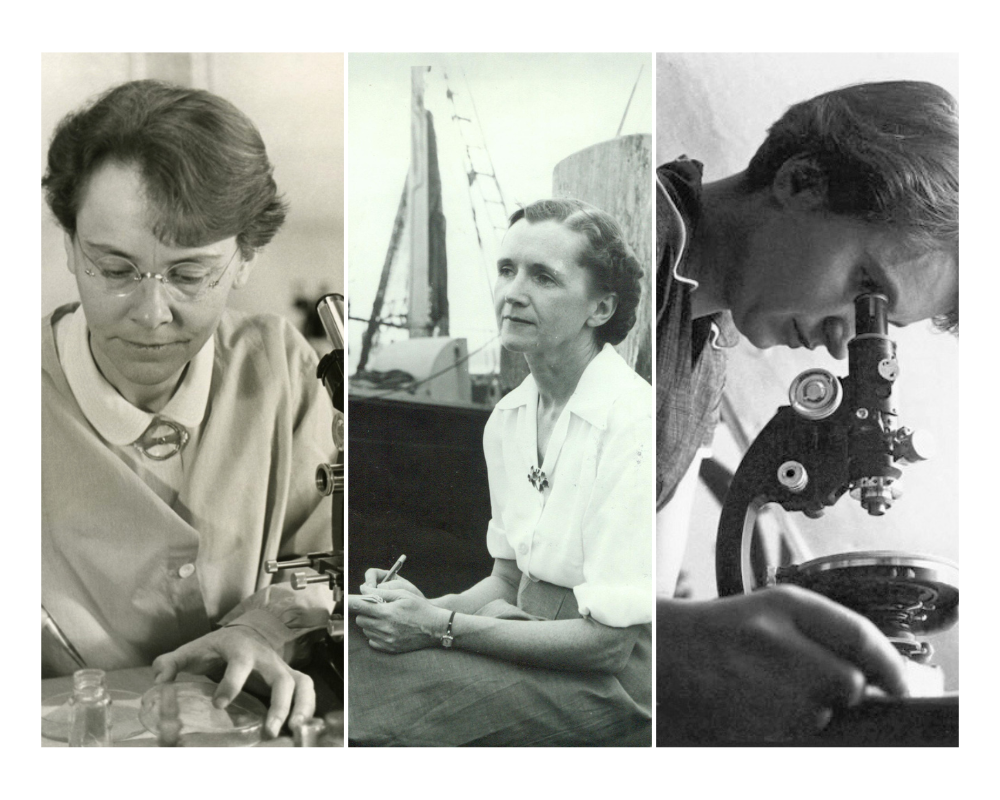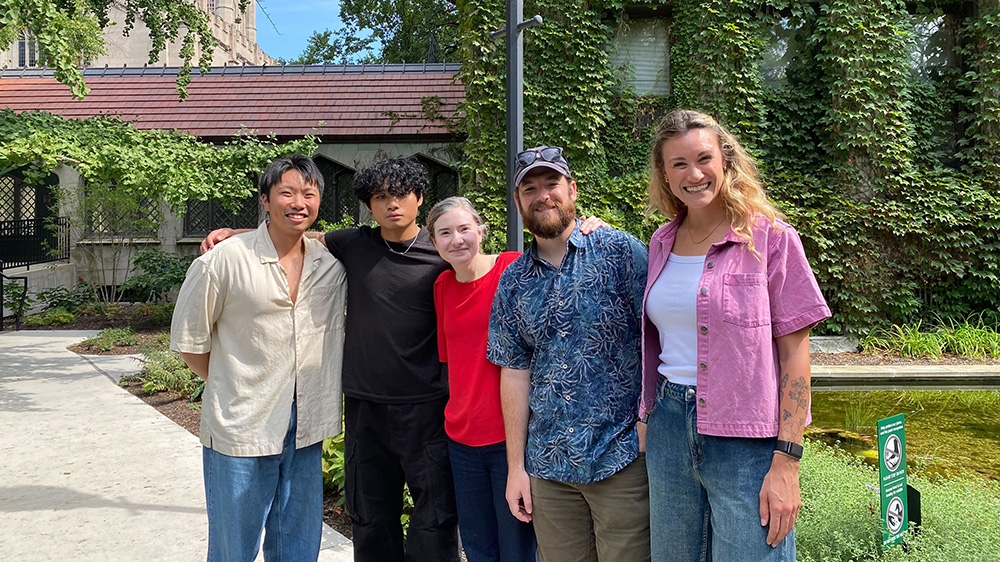Take Five with Amy Herbert

"Take Five" is an occasional feature in which we pose five questions to an MBL community member about their career, dreams, and passions.
Amy Herbert, Ph.D., joined the University of Chicago as an assistant professor in the Department of Organismal Biology and Anatomy in March of 2025. Herbert has spent many summers at the Marine Biological Laboratory (MBL) as a Grass Fellow and Whitman Scientist, and she looks forward to continuing her frequent migrations to Woods Hole from Chicago with her lab members.
At the MBL, Herbert began developing the sea robin, a fish with “legs,” as an emerging research organism to test hypotheses about the molecular basis of evolutionary trait gain. The Herbert lab also uses sticklebacks, zebrafish, and other interesting fishes to probe the genetic mechanisms behind some of the fascinating biological innovations found in nature.
Herbert obtained a B.S from Johns Hopkins University, a Ph.D. from Washington University in St. Louis, and was a postdoctoral researcher at Stanford University.
When and why did you decide to become a scientist?
I grew up being really interested in animals and the natural world. My parents are both scientists and they inspired and supported my curiosity. At various times during my childhood, we had pet snakes, frogs, lizards, turtles, chickens, quail, guinea pigs, cats, and dogs.
I particularly liked fish, and I have a striking memory of my first fish tank. We had this multi-generational guppy tank, and we kept adding fancy male guppies with elaborate tail fins and colors. But over multiple generations the fanciness disappeared, and all the guppies were plain! This was my first experiment with genetics. I also started snorkeling in the ocean when I was 9 and being surrounded by so many different fish in the wild made me want to study them.

What scientific question most interests you and inspires you to come to the lab (or field) for research?
I am fascinated by the ability to use genetics to study evolution. The fact that we can cross wild species and do genetic mapping experiments or compare the genomes of animals to find the DNA changes behind trait differences amazes me. It’s an exciting time to be an evolutionary biologist, especially since we now have access to sequences and genomes from many different organisms. I also just really love being around fish, my model organism of choice, either in the wild or in the lab!
If you could invite three people to dinner, living or deceased, who would they be and why?
I would have to say Barbara McClintock, Rachel Carson, and Rosalind Franklin, all of whom have inspired me at various times during my career. I would want to talk with them about their scientific discoveries and activism, and how they were able to keep persevering in their work through difficult world events and personal circumstances.

Outside of work, what are your passions?
I love being in the ocean and scuba diving. I like basically any activity in or around water. Paddleboarding is another big one for me. I have also played the violin since I was little and have been involved in various music groups as an adult. Friends and family are very important to me. My husband, Matt McCoy, is also a scientist, and we were married during the MBL Grass Fellowship when we were both fellows together.
What impact has the MBL had on your career and/or life?
MBL has had a major impact on my career trajectory. I first came to the MBL as a Grass Fellow in 2018 to establish sea robin fish as a model for studying evolutionary innovations. Essentially, nothing worked that first summer. But I had an amazing postdoctoral mentor, David Kingsley, who supported me coming back to the MBL the next summer to keep working with the sea robins, which are native to Woods Hole. There aren’t many mentors who would let their postdocs go to the other side of the country for the entire summer. But David did, and things started working, and now I have a lab at the University of Chicago where we are using sea robins and other weird fish to study the genetic basis of evolution.
My position at UChicago is also affiliated with the MBL, so my lab gets to spend several months over the summer working in Woods Hole and being inspired by the natural and scientific environment there.
